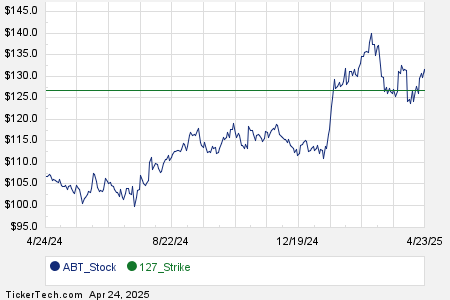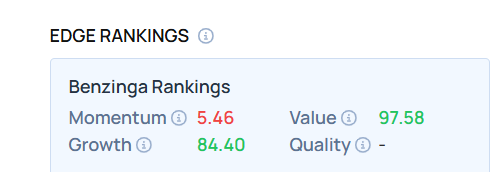Nvidia Faces Challenges but Maintains Strong AI Demand
Nvidia (NASDAQ: NVDA) has encountered several issues recently, including a suspension on exports to China and uncertainty regarding tariffs on chip imports into the U.S. Consequently, the stock, which previously surged 800% over the past two years, has dropped 26% since the year’s start.
The U.S. government has informed Nvidia that it will require a license to continue selling its chips to China, hindering the company’s ability to fulfill existing orders. This situation has led Nvidia to announce a $5.5 billion charge. Compounding this challenge are potential import tariffs; while President Donald Trump temporarily exempted electronics from tariffs, concerns remain about the long-term implications.
Investor Concerns Amid Market Uncertainty
Investors are worried that Trump’s tariff plans could increase Nvidia’s costs, particularly since most of its best-selling artificial intelligence (AI) chips are manufactured in Taiwan. There is also concern that tariffs may impact Nvidia’s customers, potentially leading them to cut back on AI expenditures. However, a recent statement from an executive at Amazon‘s (NASDAQ: AMZN) Web Services (AWS) provided some reassurance to investors.

Image source: Getty Images.
Nvidia’s Position as a Leader in AI Hardware
Let’s examine Nvidia’s current standing amid these challenges. Nvidia ranks as the world’s leading designer of AI chips, known as graphics processing units (GPUs). These chips and related products have established Nvidia’s dominance in the AI sector. CEO Jensen Huang likens Nvidia to the “on ramp” to AI due to its comprehensive suite of tools for customers.
This robust position has propelled Nvidia’s revenue growth, which reached a staggering 114% increase, totaling $130 billion in the latest full year. Significantly, 88% of this revenue stemmed from its data center business, which caters to AI clientele. This connection indicates that Nvidia’s future growth heavily relies on AI spending from its customer base.
At the beginning of the year, positive forecasts emerged as Meta Platforms announced plans to invest up to $65 billion in AI this year, with other firms, including Alphabet and Amazon, also prioritizing AI investments. However, increasing market uncertainty has raised doubts about the sustainability of such spending.
Economic Predictions and Implications for Nvidia
Analysts have expressed that looming tariffs could lead to higher prices for consumers, potentially triggering an economic slowdown or even a recession. Recently, the International Monetary Fund projected that U.S. growth will slow to 1.8% this year, down from 2.8% in 2022. Within this context, investors have remained vigilant regarding any adjustments in companies’ AI spending strategies.
Mixed Signals from AWS
This week, speculation about a slowdown in AI spending from AWS negatively impacted Nvidia’s stock. As AWS is a key customer of Nvidia, any hint of reduced spending raises concerns. Fortunately, AWS Vice President Kevin Miller alleviated some worries with a LinkedIn post, affirming that there are no recent substantial changes to their expansion plans.
Continued Demand for AI Solutions
Miller clarified that AWS is simply managing capacity through routine adjustments rather than indicating a reduction in operational capabilities. He emphasized that AWS continues to experience strong demand for generative AI and foundational workloads.
Despite potential challenges like tariffs, demand for Nvidia’s products seems resilient. Companies are investing heavily in AI, and Nvidia remains positioned to exploit this trend. In fact, during economic slowdowns, firms often prioritize AI initiatives, believing such investments will enhance efficiency.
In summary, while Nvidia may encounter short-term hurdles, its long-term prospects appear promising for investors looking to engage in the AI sector.
The views and opinions expressed herein are the views and opinions of the author and do not necessarily reflect those of Nasdaq, Inc.



